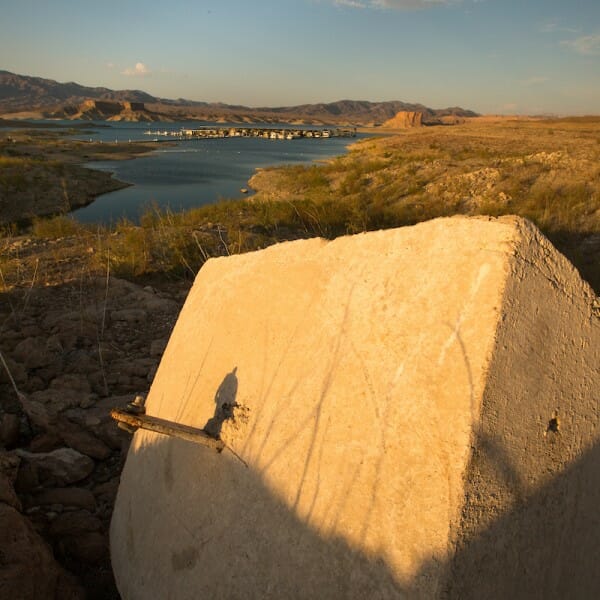
The Colorado River is running low. Battered by 20 years of drought, flows have been consistently dropping in the river that 40 million people depend upon. The water level in Lake Mead is the lowest it has been since Hoover Dam was built, at 36% capacity.
On Aug. 15, the U.S. Bureau of Reclamation will declare a shortage. That will result in a cut in deliveries to Arizona farmers. Most people won’t notice any changes, either in their bills or the new subdivision being built down the block.
But other cuts are looming, and life in the Southwest will become more complicated. Experts say a few wet winters won’t change anything; the river is overallocated between states, and it’s not coming back.
Should we conserve? Or not worry about it? Will we have water cops and drought-shaming, like Nevada and California?
“We have developed very adaptive, complicated systems so that we can have a high degree of water certainty, which we need to have because we’re in one of the most arid places in the U.S.,” said Sarah Porter, director of the Kyl Center for Water Policy at Arizona State University’s Morrison Institute for Public Policy, a policy research think tank.